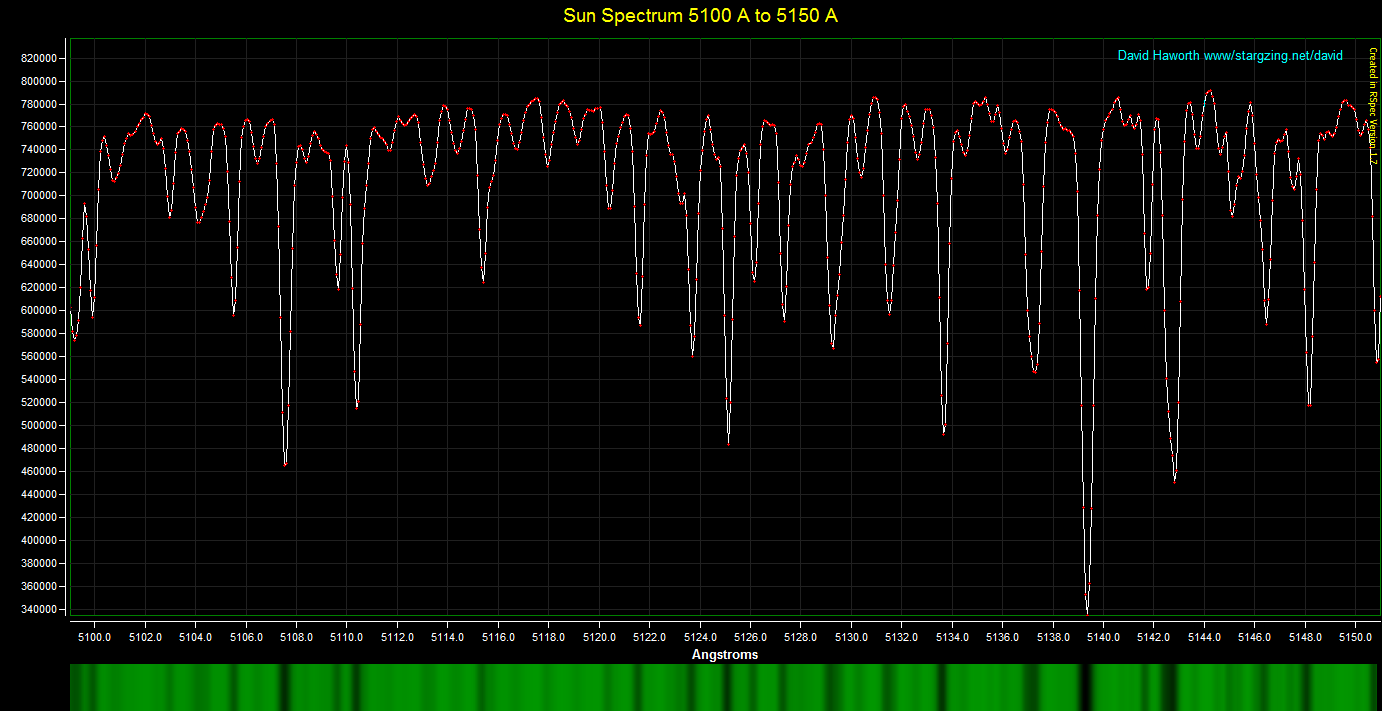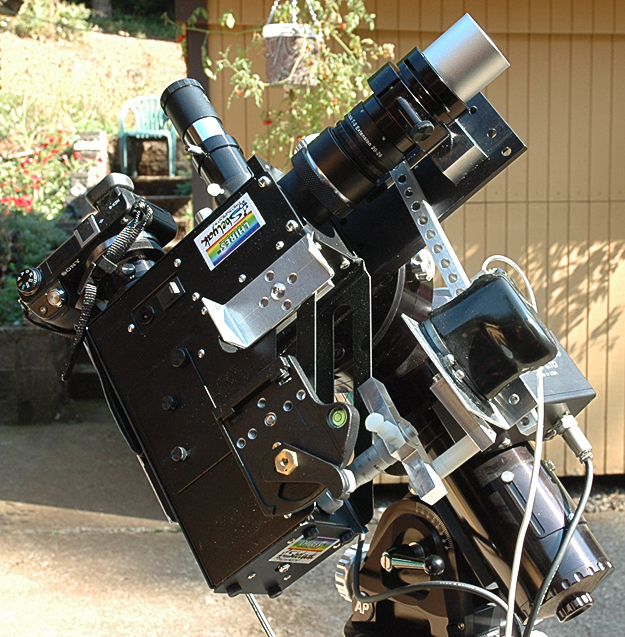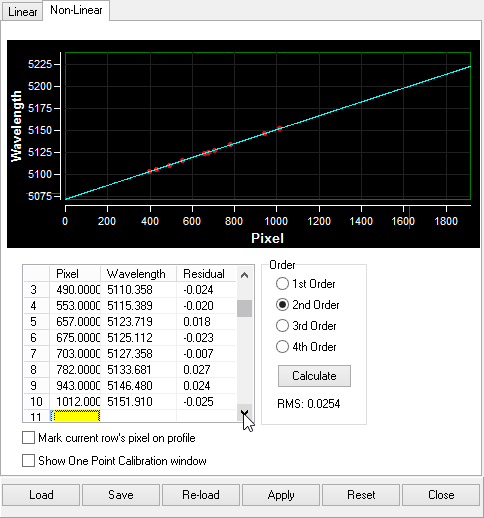<<PREVIOUS -
HOME -
CONTENTS -
NEXT>>
SUN SPECTRUM INDEX -
![]()
Sun Spectrum
5100 to 5150 Angstroms

|
<<PREVIOUS -
HOME -
CONTENTS -
NEXT>>
SUN SPECTRUM INDEX -
![]()

|
|
Summary The above sunlight spectrum is 100% scale image and the image is cropped for a span of ~50 Angstroms. Seventy four vertical absorption lines are identified that represents 15 different elements. Sony NEX-6 Camera Image The below image is vertically cropped and it is 25% size of the full image size of 4912 x 2760. The Sony NEX-6 camera auto rotate cannot be turned off. Therefore, the full scale image may be rotated when displayed. The camera is mounted on the spectrograph so that the dark absorption lines are vertical. The focus is soft at both ends of the spectrum and only the center portion of the spectrum image is used for analysis.
YouTube Videos
The Sun's visible spectrum is light that is spread out and it is measured by its wavelength and intenstiy. By analyzing the absorption lines in the spectrum we can determine the elements in the Sun's photosphere. Absorption spectroscopy is based on Gustav Kirchhoff's laws of spectroscopy. First, the core of the Sun is hot and it produces light with a continuous spectrum. Secondly, this light with a continuous spectrum travels through parts of Sun's photosphere which have a gas that absorbs light at specific wavelengths depending upon the elements in the gas and the elements atomic energy states. By comparing the absorption spectral lines in a lab on Earth with the Sun's absorption spectral lines we can determine the elements in the Sun. Light is a form of electromagnetic radiation. Two properties of electromagnetic radiation is frequency f and wavelength λ. The electromagnetic radiation frequency and wavelength are related by the speed of light c = f * λ. A photon is a quantum of light. The energy and momentum of a photon is equal to the frequency times Planck constant. As a result, different frequencies (different wavelengths) have unique different energies. The energy levels of atoms are discrete. To move between atomic energy levels requires the addition or removal of the energy difference between the two energy levels. For example, one way to increase the atom's energy level is for the atom to absorb a photon that has the same energy as the energy difference between two energy levels. This is what happens when creating an absorption line. In other words, atoms absorb photon at only specific energy levels that results in the atom's increase in energy. An emission line is when the atom's energy level decreases and a photon is emitted from the atom with the same energy. In other words, atoms emit photons at only specific energy levels that results in the atom's decrease in energy. For more information see
Solar Spectrum Charts The below solar spectrum charts span ~50 Angstroms in the horizontal axis. There are 653 horizontal data points. The red points are the data points from the image pixels and pixels are 0.0797 Angstroms/pixel. The vertical axis is uncalibrated light intensity and it is the sum of the light intensity in the image columns. The spectrum below the plot is synthesize from the plot data. 
Elements Identified in this Sun Spectrum Plot by Their Absorption Lines
The source for the above elements is KPNO FTS The Sun Disk Averaged 1981 Normalized Flux Solar rest wavelengths from The Interactive Database of Spectral Standard Star Atlases. Element Symbol and Name
Degrees of Ionization of Atoms
The below plot shows the location of the element absorption lines in the Sun's spectrum. 
Sun Spectrum RSpec Synthesize Settings
|
||||

Equipment
Image Processing Software
Camera Alignment The Sony NEX-6 camera is mounted on the Lhires III so that the absorption lines are vertical. The vertical absorption lines removes the need to tilt the spectrum image during calibration. Tilting the spectrum during calibration reduces the quality of the spectrum. Image Processing Strategy The Sony NEX-6 camera saves images in JPG and ARW file formats. JPEG format uses lossy compression that causes artifacts and therefore JPG files are not recommend for quantitative analysis. The Sony ARW file is a raw image format that is used for quantitative analysis. On my Windows 8.1 laptop RSpec uses the Microsoft Camera Raw Decoder but the decoder decodes ARW image file into an 8-bit image and as a result the 12-bit vertical resolution of the ARW file is not being fully used. The solution is to decode ARW file into a 16-bit image and save the image as a FITS image file in order for RSpec to process the image with 32-bit resolution. Also, for the most part of the spectrum only one or two of the RGB color channels has the majority of the image data. The other channels have low intensity and noisy image data. Therefore, it is desirable to use only one or two of the RGB color channels to create the monochrome FITS image that will be used by RSpec. Image Processing Work Flow

Spectrum Wavelength Calibration with RSpec V1.7 Wavelength calibration is replacing the image horizontal pixel number with the spectrum wavelength in Angstroms.
Sony NEX-6 Camera Image Information
Sun Spectrum Data (RSpec V1.7)
Observing Information
Sun Spectroscopy Images
Sun Spectroscopy
Sun Spectroscopy Atlases
Sun Fraunhofer Lines
Spectroscopy
|